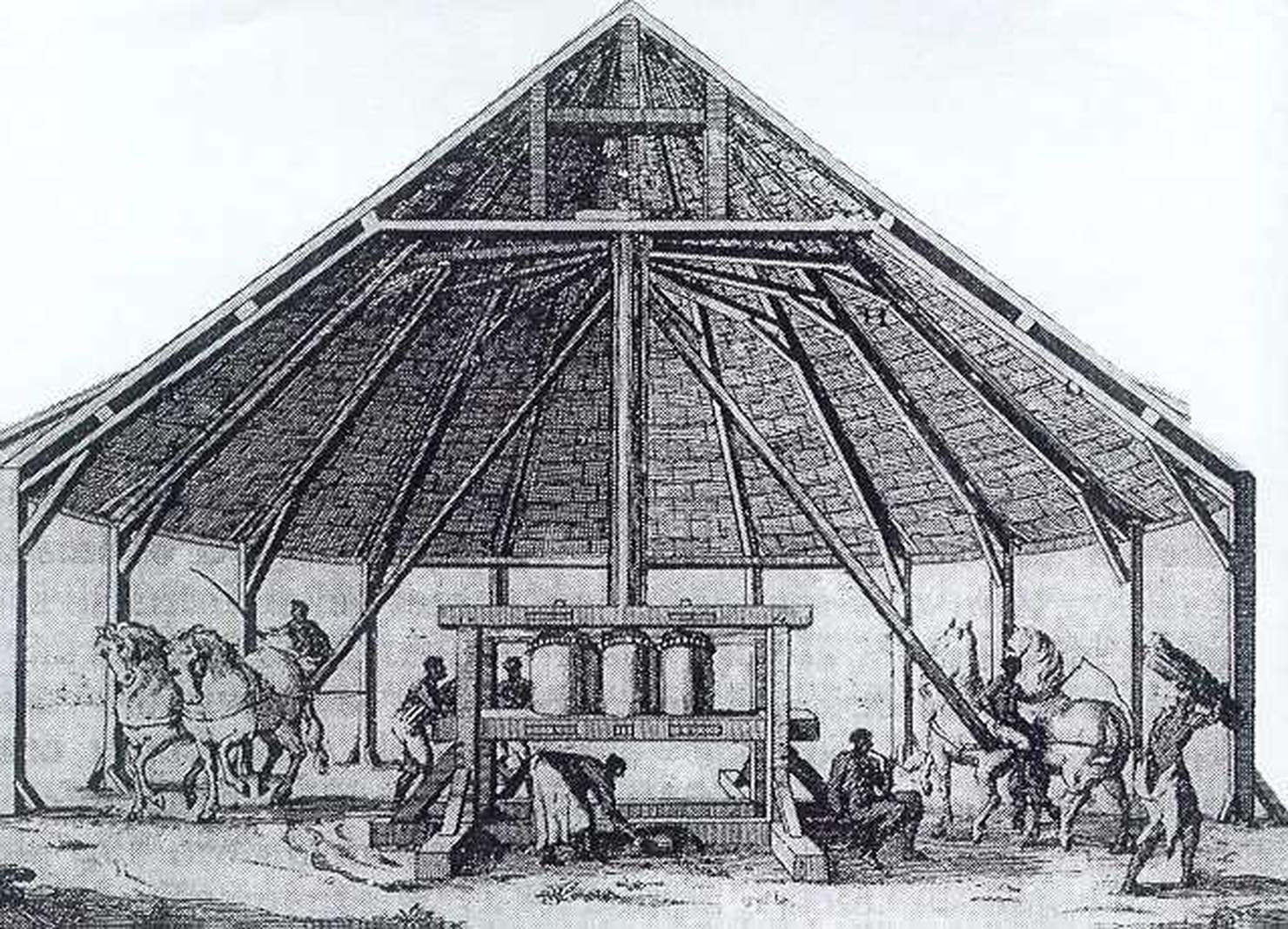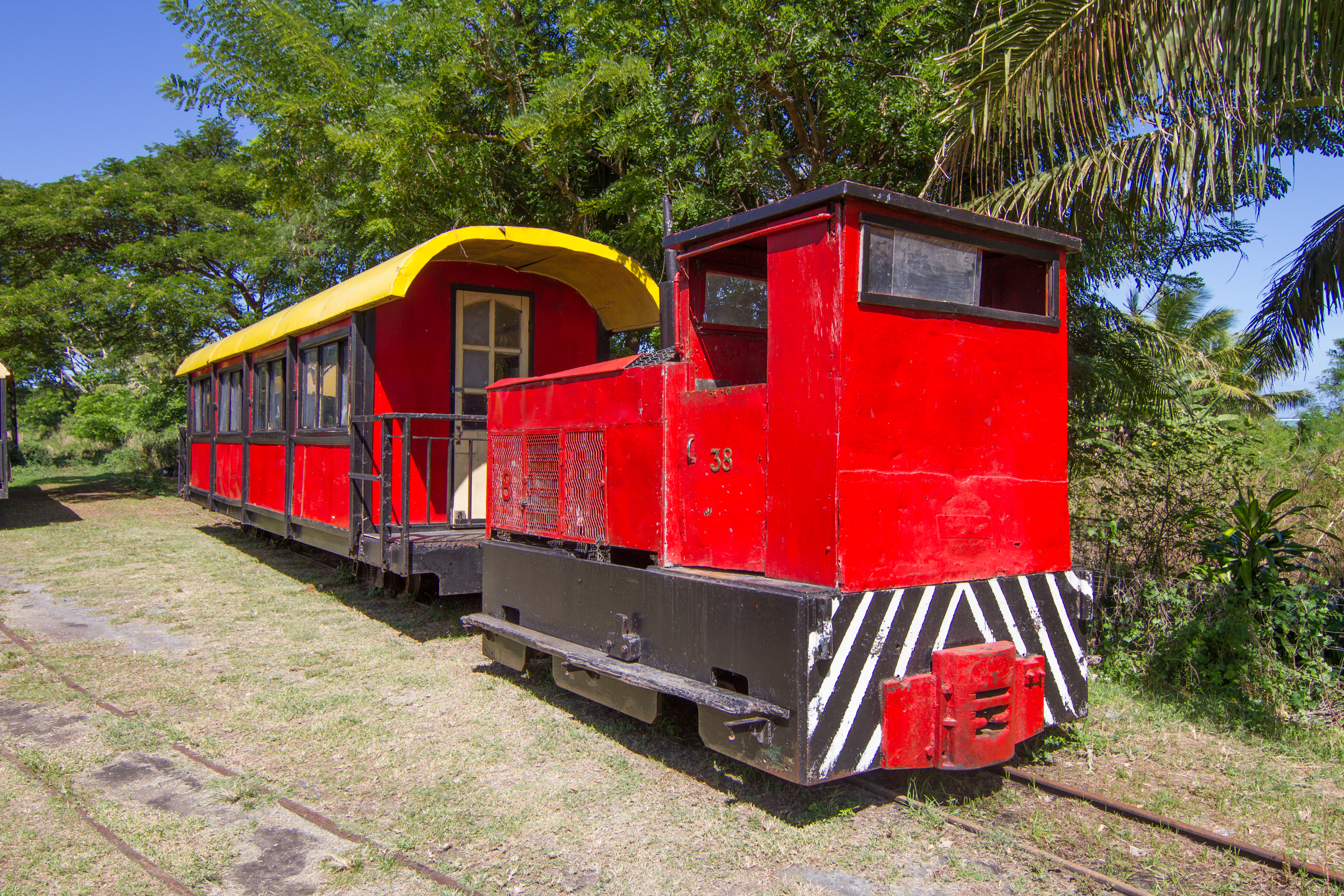|
Sugar Mills In Fiji
Sugar cane grew wild in Fiji and was used as thatch by the Fijians for their houses (''bures''). The first attempt to make sugar in Fiji was on Wakaya Island in 1862 but this was a financial failure. With the cotton boom of the 1860s there was little incentive to plant a crop that required high capital outlay but after a slump in cotton prices in 1870, the planters turned to sugar. In an effort to promote the production of sugar in Fiji, the Cakobau Government, in December 1871, offered a 500-pound reward for the first and best crop of twenty of sugar from canes planted before January 1873. History The first cane sugar mill in Fiji was built in 1872 by Brewster and Joske at the present site of the city of Suva. By the end of 1874, there were four mills in operation, six by the end of 1875 and ten by the end of 1878. Most of these mills crushed for only a few years and only a few survived the crash in sugar price of 1884. The surviving mills were Navua Sugar Mill, Panang Mill, Hol ... [...More Info...] [...Related Items...] OR: [Wikipedia] [Google] [Baidu] |
Sugar Cane
Sugarcane or sugar cane is a species of (often hybrid) tall, perennial grass (in the genus ''Saccharum'', tribe Andropogoneae) that is used for sugar production. The plants are 2–6 m (6–20 ft) tall with stout, jointed, fibrous stalks that are rich in sucrose, which accumulates in the stalk internodes. Sugarcanes belong to the grass family, Poaceae, an economically important flowering plant family that includes maize, wheat, rice, and sorghum, and many forage crops. It is native to the warm temperate and tropical regions of India, Southeast Asia, and New Guinea. The plant is also grown for biofuel production, especially in Brazil, as the canes can be used directly to produce ethyl alcohol (ethanol). Grown in tropical and subtropical regions, sugarcane is the world's largest crop by production quantity, totaling 1.9 billion tonnes in 2020, with Brazil accounting for 40% of the world total. Sugarcane accounts for 79% of sugar produced globally (most of the rest is ma ... [...More Info...] [...Related Items...] OR: [Wikipedia] [Google] [Baidu] |
Labasa Sugar Mill
Labasa (pronounced ) is a town in Fiji with a population of 27,949 at the most recent census held in 2007. Labasa is located in Macuata Province, in the north-eastern part of the island of Vanua Levu, and is the largest town on the island. The town itself is located on a delta formed by three rivers – the Wailevu, the Labasa (after which the town is named), and the Qawa. The latter two are connected by an 8-kilometre canal. The township historically served the sugar cane farms and farm workers with harvesting season resulting in significant seasonal employment although the township is now less dependent on the sugar industry. The farmers market offers seasonal produce and seafood. The main street is lined with small family run businesses, supermarkets and restaurants offering a lively pedestrian thoroughfare. Economic activities The surrounding areas of Labasa are mostly farming areas, which contribute to much of the industry in the town. The largest crop grown is sugar ... [...More Info...] [...Related Items...] OR: [Wikipedia] [Google] [Baidu] |
Industrial Buildings In Fiji
Industrial may refer to: Industry * Industrial archaeology, the study of the history of the industry * Industrial engineering, engineering dealing with the optimization of complex industrial processes or systems * Industrial city, a city dominated by one or more industries * Industrial loan company, a financial institution in the United States that lends money, and may be owned by non-financial institutions * Industrial organization, a field that builds on the theory of the firm by examining the structure and boundaries between firms and markets * Industrial Revolution, the development of industry in the 18th and 19th centuries * Industrial society, a society that has undergone industrialization * Industrial technology, a broad field that includes designing, building, optimizing, managing and operating industrial equipment, and predesignated as acceptable for industrial uses, like factories * Industrial video, a video that targets “industry” as its primary audience * Industrial ... [...More Info...] [...Related Items...] OR: [Wikipedia] [Google] [Baidu] |
Sugar Mills In Fiji
Sugar cane grew wild in Fiji and was used as thatch by the Fijians for their houses (''bures''). The first attempt to make sugar in Fiji was on Wakaya Island in 1862 but this was a financial failure. With the cotton boom of the 1860s there was little incentive to plant a crop that required high capital outlay but after a slump in cotton prices in 1870, the planters turned to sugar. In an effort to promote the production of sugar in Fiji, the Cakobau Government, in December 1871, offered a 500-pound reward for the first and best crop of twenty of sugar from canes planted before January 1873. History The first cane sugar mill in Fiji was built in 1872 by Brewster and Joske at the present site of the city of Suva. By the end of 1874, there were four mills in operation, six by the end of 1875 and ten by the end of 1878. Most of these mills crushed for only a few years and only a few survived the crash in sugar price of 1884. The surviving mills were Navua Sugar Mill, Panang Mill, Hol ... [...More Info...] [...Related Items...] OR: [Wikipedia] [Google] [Baidu] |
Trapiche
A trapiche is a mill made of wooden rollers used to extract juice from fruit, originally olives, and since the Middle Ages, sugar cane as well. By extension the word is also sometimes applied to the location of the mill, whether the workshop or the entire plantation. Etymology The word has its origin in the Latin '' trapetum'' that means oil mill. From the Sicilian language ''trappituCharles Verlinden & Eberhard Schmitt, ''Die mittelalterlichen Ursprünge der europäischen Expansion,'' tom I de ''Dokumente zur Geschichte der europäischen Expansion,'' Wiesbaden, Otto Harrassowitz Verlag, 1986, pàgina 169, '' the term, crossing the Mozarab Valencia, with its typical change of termination to «-ig» via the Catalan language (''trapig'' -Gandía, 1536-, ''trapitz de canyamel'' -Mallorca, 1466-) has arrived to the other languages of the Iberian peninsula as ''trapiche.'' In the documents of the Duke of Gandía from the beginning of the fifteen century, one can see the term «trapig ... [...More Info...] [...Related Items...] OR: [Wikipedia] [Google] [Baidu] |
Rail Transport In Fiji
Rail transport in Fiji moves cut sugar cane to crushing mills. Also, there used to be two horse-drawn street tramway systems, some other passenger systems, an underground mine system, and some tramways on construction projects. There are multiple other modes of transport in Fiji. Cane trains Tramways have been used to transport sugar cane from the fields to the mill since 1876, when a 2.4 km (1.5 mi) horse tramway was constructed on the Selia Levu estate, on the island of Taveuni. The Holmhurst Mill on Tavenui had tramways from 1882 of narrow gauge. A tramway was also built on Mago Island. Most cane tramways were of gauge, on the main islands of Viti Levu and Vanua Levu. Steam engines were used, later replaced with diesel engines. Most of the mills and tramways were built by the Colonial Sugar Refining Company (CSR), an Australian-owned company, and were transferred to the Fiji Sugar Corporation in 1973, when CSR withdrew from Fiji. Many lines were on road reserve p ... [...More Info...] [...Related Items...] OR: [Wikipedia] [Google] [Baidu] |
Rarawai–Kavanagasau Light Railway
The Rarawai–Kavanagasau Light Railway was a long narrow gauge railway on Fiji. Operation The railway with a gauge of was built and operated by the Colonial Sugar Refinery Co. The operation started in December 1914 with free, twice-weekly, return passenger train services and weekly public goods trains, which transported pipes for the manganese mines as well as agricultural produce such as potatoes, onions, rice, maize, and other food. Transport of cattle started in the early 1950s. The section of the Kavanagasau–Rarawai tramline from Kavanagasau to Baitiri behind Navisabasaba village, at the boundary of Cuvu and Lomawai sectors, about 4.5 kilometres from the Intercontinental Hotel towards Nadi was closed on 7 August 2009 due to the significant decline in the production of cane in the Cuvu and Olosara sectors and cane from these areas being transportable by lorry to the Lautoka Mill. Rolling stock Locomotives The Hudswell Clarke 0-6-0 locomotive with works numbe ... [...More Info...] [...Related Items...] OR: [Wikipedia] [Google] [Baidu] |
Labasa Mill Tramway
The Labasa Mill Tramway is a narrow gauge railway with a gauge of in the northeast of Vanua Levu, the second largest island of Fiji Fiji ( , ,; fj, Viti, ; Fiji Hindi: फ़िजी, ''Fijī''), officially the Republic of Fiji, is an island country in Melanesia, part of Oceania in the South Pacific Ocean. It lies about north-northeast of New Zealand. Fiji consists .... Operation The railway is operated from 1894 to today for the transportation of cane from the farms to the Labasa Mill for crushing.. Locomotives In 1957 the following locomotives were used: References {{Coordinate, NS=-16.43059, EW=179.38815, type=landmark, region=FJ 2 ft gauge railways in Fiji Fiji ... [...More Info...] [...Related Items...] OR: [Wikipedia] [Google] [Baidu] |
Namara Sugar Mill
{{Surname ...
Namara is a surname. Notable people with the surname include: * Marguerite Namara (1888–1974), American actress and singer * Stephen Namara (born 1953), American artist See also * Namara inscription * MacNamara Mac Conmara (anglicised as MacNamara or McNamara) is an Irish surname of a family of County Clare in Ireland. The McNamara family were an Irish clan claiming descent from the Dál gCais and, after the O'Briens, one of the most powerful families ... [...More Info...] [...Related Items...] OR: [Wikipedia] [Google] [Baidu] |
Lautoka Sugar Mill
Lautoka () is the second largest city in Fiji. It is on the west coast of the island of Viti Levu, in the Ba Province of the Western Division. Lying in the heart of Fiji's sugar cane-growing region, the city has come to be known as the Sugar City. Covering an area of 32 square kilometres, it had a population of 71,573 at the 2017 census, the most recent to date. Economic activities Lautoka is known as the ''Sugar City'' because of its sugar cane belt areas. The main Lautoka Sugar Mill was founded in 1903, and is the city's biggest employer by far. Built for the Colonial Sugar Refining Company (Fiji) (CSR) by workers from India and the Solomon Islands between 1899 and 1903, it hires some 1,300 employees today. Other industries include timber milling, garment manufacturing, distillery, brewery, jewellery, blending, steelworks, fishing, hatchery, domestic items, paints, and construction. History The name of the city is derived from two Fijian words meaning ''"spear hit."'' Acc ... [...More Info...] [...Related Items...] OR: [Wikipedia] [Google] [Baidu] |





.png)
